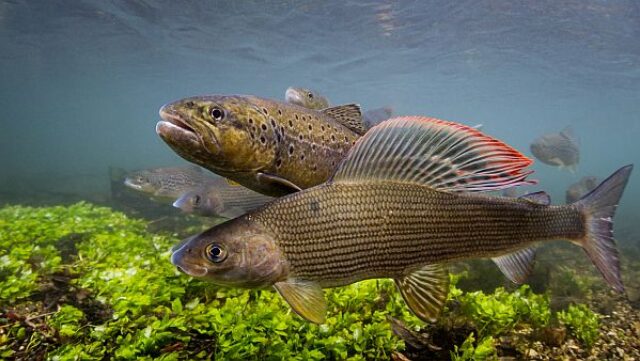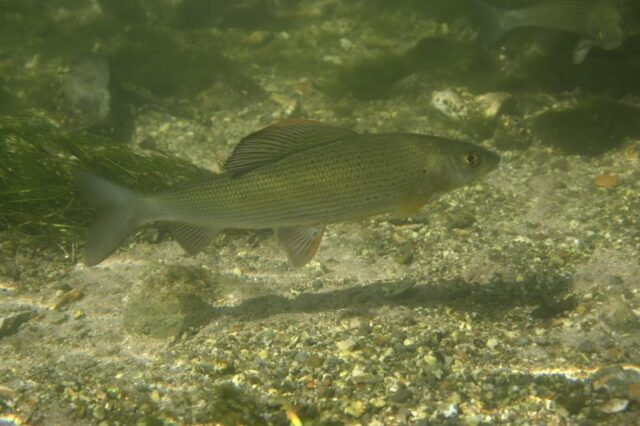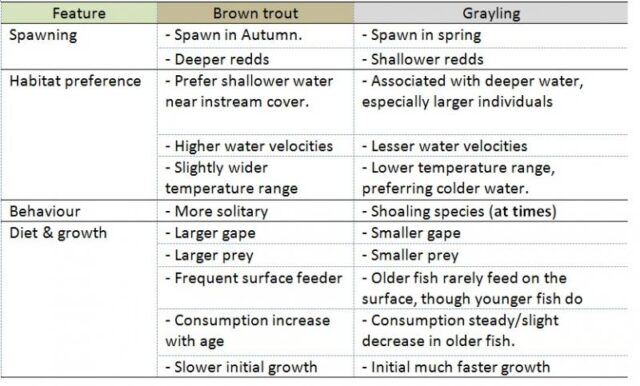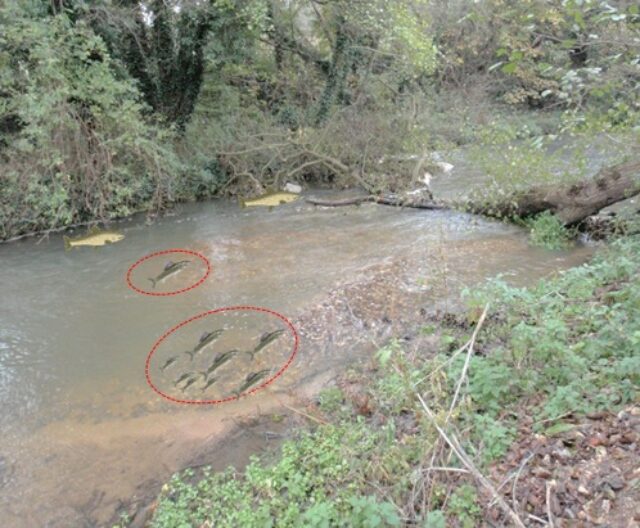Grayling Conservation Trust – Grants available
The Grayling Society makes a direct contribution to the conservation and sustainability of the grayling, its habitat and fisheries. For some years the Society has, each year, allocated a sum of money to be made available to suitable projects which will directly benefit the conservation of grayling anywhere in the world.
Such projects could range from part-financing habitat improvement works, through initiatives such as the promotion of catch-and-release of grayling, to increasing access to grayling anglers on the riverbank.
If you would like to apply for a grant, check out relevant page on the the Grayling Society website.
Further information
Academic references
Dawnay, N., Dawnay, L., Hughes, R., Cove, R., & Taylor, M. (2011). Substantial genetic structure among stocked and native populations of the European grayling (Thymallus thymallus, Salmonidae) in the United Kingdom. Conservation Genetics, 12(3), 731 – 744. doi:10.1007/s10592-010‑0179‑4. Click here to read. With kind permission of Richard Cove.
Haugen, T. O., & Rygg, T. A. (1996). Food- and habitat-segregation in sympatric grayling and brown trout. Journal of Fish Biology, 49(2), 301 – 318. doi:10.1111/j.1095 – 8649.1996.tb00025.x
Ingram, A., Ibbotson, A., & Gallagher, M. (n.d.). The Ecology and Management of the European Grayling Thymallus thymallus (Linnaeus) Interim Report.
Riley, W. D., & Pawson, M. G. (2010). Habitat use by Thymallus thymallus in a chalk stream and implications for habitat management. Fisheries Management and Ecology, 17(6), 544 – 553. doi:10.1111/j.1365 – 2400.2010.00756.x



